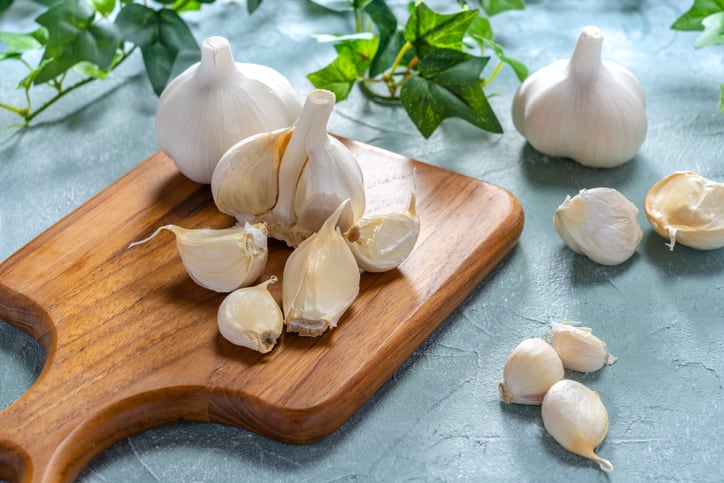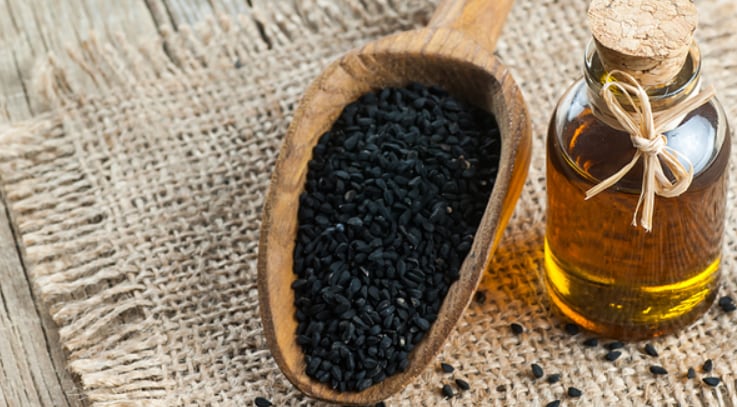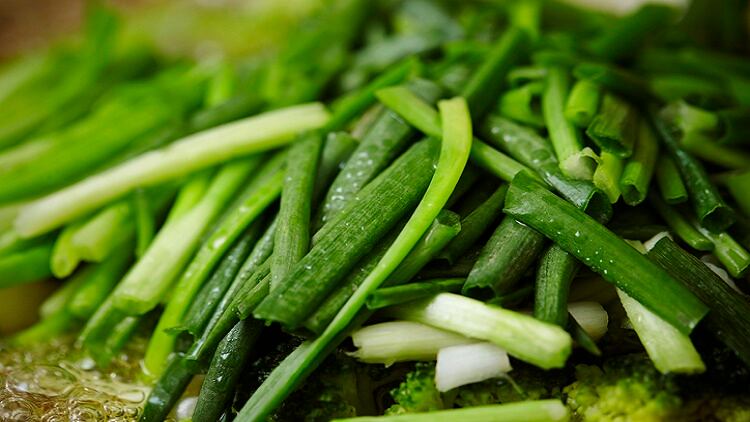Intake was associated with a lower prevalence of thickened carotid intima-media thickness (cIMT).
cIMT is an early marker of atherosclerosis (plaque build-up), and predictor of cardiovascular disease (CVD) risk, morbidity, and mortality.
Oxidative stress and inflammation are considered to be the main causes of atherosclerosis, and foods containing bioactive phytochemicals with anti-oxidation and anti-inflammation properties may reduce risk factors.
Raw garlic contains organo-sulfur compounds (OSCs) such as allicin, which is able to regulate lipid metabolism and reduces lipid accumulation, in turn reducing the risk of atherosclerosis and CVD.
This cross-sectional study conducted in China on adults is the first to investigate the association between dietary raw garlic consumption and thickened cIMT among a large-scale general population.
Findings were published in the Frontiers in Nutrition journal.
Data collection
This study used data from the Tianjin Chronic Low-grade Systemic Inflammation and Health Cohort Study (TCLSIH), another large prospective cohort study.
Data was collected from 4,329 adults from 2015 to 2017.
Those were had a history of CVD or cancer were removed from the study.
To collect information on raw garlic consumption, participants completed a food frequency questionnaire (FFQ) about their diets over the past month.
Frequency of raw garlic consumption was categorised into a reference intake of less than one time/week, light intake of one time/week (reference), moderate intake of two to three times/week and high intake at four or more times/week.
cIMT was measured by scanning the arteries using ultrasonography. A thickened cIMT was defined as common carotid artery IMT ≥ 1.0 mm or a carotid bifurcation IMT ≥ 1.2 mm.
About 22.9% of participants were found to have thickened cIMT.
More is not better
The odds ratios were 1 (reference group), 0.74 for light intake, 0.71 for moderate intake, and 0.94 for high intake.
This showed that light-to-moderate raw garlic consumption was associated with a lower prevalence of thickened cIMT, however, consuming more raw garlic did not necessarily lead to a lower prevalence, as the association disappeared in the high intake group.
Researchers believed that the high dose of raw garlic consumption may offset the beneficial effect and advised future research to identify optimal garlic consumption and exact mechanisms.
In addition, this study was a cross-sectional design, so “we could not infer the causality between raw garlic consumption and cIMT, therefore, prospective studies should be conducted to confirm the association.”
This is the first study investigating how raw garlic consumption frequency is associated with thickened cIMT among the general adult population in China.
There were previous studies on the beneficial effects of garlic preparations in patients with atherosclerosis and cIMT association, but results were inconsistent. In addition, most garlic preparations were administered in the form of garlic powder, pills or herbal formulations, and not raw garlic.
Also, most people usually consume roasted garlic due to the pungent odour of raw garlic, however heating causes alliinase inactivation and blocks subsequent odorous OSCs formation, which in turns reduces the bioactivity.
In China, raw garlic is widely consumed, particularly in the north of China.
This study was supported by grants from the National Natural Science Foundation of China.
Source: Frontiers in Nutrition
https://doi.org/10.3389/fnut.2021.648821
“Light-To-Moderate Raw Garlic Consumption Frequency Is Inversely Associated With Thickened Carotid Intima-Media Thickness: A Population-Based Study”
Authors: Yunyun Liu, et al.




